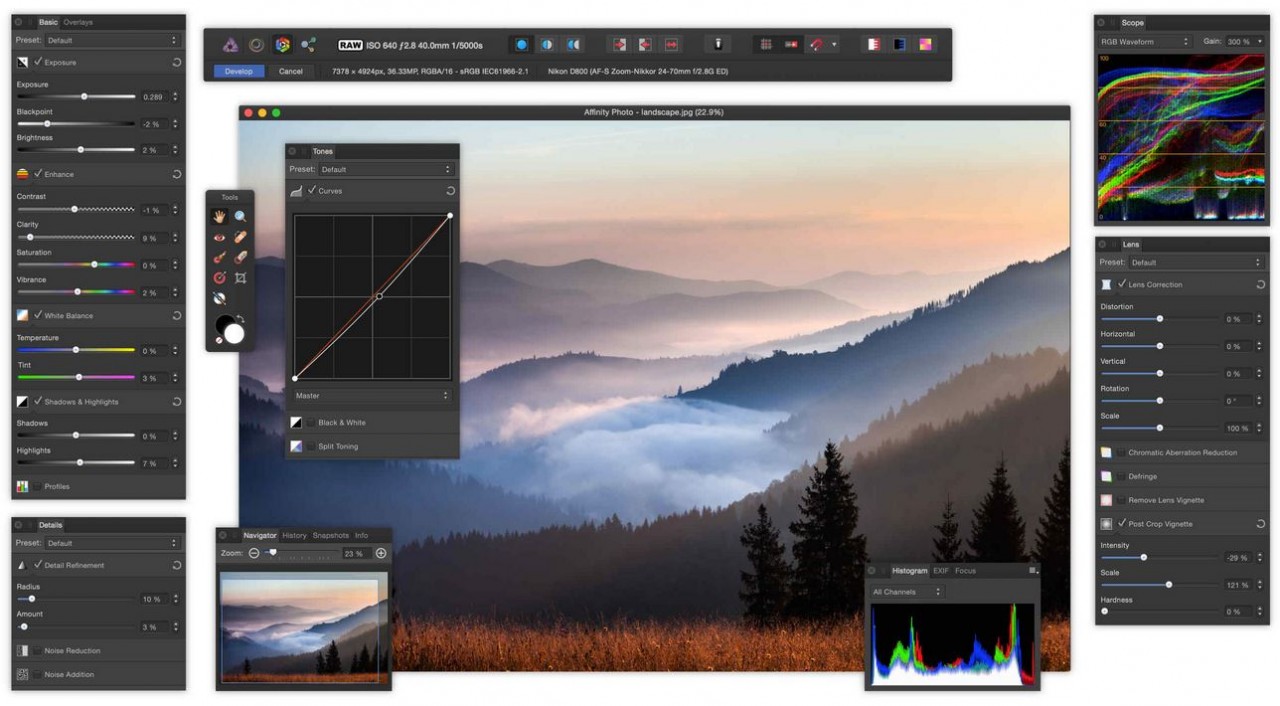

We tested low concentrations of CBD on Na v1.7 channels, the other major sodium channel driving excitability of primary nociceptors 34, 35, using a stable cell line expressing human Na v1.7 channels. Among these are Na v1.8 channels 33, which are prominently expressed in primary nociceptors. Mutating the residues identified in this binding site for CBD greatly reduced state-dependent CBD inhibition, suggesting a mechanism by which CBD binding stabilizes inactivation quite directly.ĬBD stabilizes the inactivated state of Na v1.7Īlthough CBD is known to interact with a wide variety of proteins, substantial effects at sub-micromolar concentrations have been reported for only a few targets. The other is a site close to where the IFM motif of the intracellular linker between domains III and IV 30 binds to produce the rapid time- and voltage-dependent inactivation characteristic of eukaryotic Na v channels by acting as a “door wedge” to squeeze the intracellular gate of the channel closed 28, 29, 31, 32. One is in fenestration in the upper pore. Unexpectedly, structures with and without CBD reveal two distinct binding sites for CBD. Here we have used cryo-EM to determine the structure of CBD-bound Na v1.7 channels. Subsequent determinations of the structure of both bacterial and eukaryotic Na v channels revealed the presence of “fenestrations” in the side of the pore near this region 25, 26, 27, 28, 29, suggesting a pathway by which hydrophobic molecules can access the binding site from the lipid membrane – providing a concrete structural basis for the “hydrophobic pathway” hypothesized by Hille 20. Because Na v channels exist in a steeply voltage-dependent equilibrium between resting and inactivated states at physiological membrane potentials, tight binding to inactivated channels decreases the pool of resting state channels available for activation by a coupled-equilibrium mechanism, even if the drug binding is to a closed state of the channel 20, 21.Ĭlassic mutagenesis experiments revealed a key site for state-dependent interactions of local anesthetics like lidocaine and anti-seizure drugs like carbamazepine and phenytoin with Na v channels, formed by residues in the pore-lining S6 segments in the upper region of the pore 22, 23, 24. As for many drugs that inhibit Na v channels, the interaction of CBD with Na v channels is state-dependent, with higher affinity binding to the closed inactivated state of the channel than the closed resting state 17.

One of the actions of CBD is to inhibit voltage-gated sodium (Na v) channels 15, 16, 17, 18, 19. CBD has also been shown to relieve pain in animal models 7, 8, 9, as well as in several small clinical trials 10, 11.ĬBD has been shown to interact with a huge variety of proteins 12, 13, especially membrane proteins 14, and it is still unclear which of these are the most important targets for CBD’s action on epilepsy or pain. Large clinical trials have shown the efficacy of CBD for treating several childhood epilepsies 2, 3, 4, 5, 6, for which it is now FDA-approved. Nevertheless, CBD has clear effects on neuronal function. Unlike delta-9-tetrahydrocannabinol, the main psychoactive phytocannabinoid, CBD does not activate CB1 or CB2 cannabinoid receptors and does not show intoxicating effects. The identification of this binding site may enable design of compounds with improved properties compared to CBD itself.Ĭannabidiol (CBD) is a major phytocannabinoid present in cannabis 1.

Consistent with producing a direct stabilization of the inactivated state, mutating residues in this binding site greatly reduced state-dependent binding of CBD. The other binding site is directly next to the inactivated “wedged” position of the Ile/Phe/Met (IFM) motif on the short linker between repeats III and IV, which mediates fast inactivation. One is in the IV-I fenestration near the upper pore. The cryo-EM structure of CBD bound to Na v1.7 channels reveals two distinct binding sites. Electrophysiological experiments show that CBD binds to the inactivated state of Na v1.7 channels with a dissociation constant of about 50 nM. Here we show that CBD interacts with Na v1.7 channels at sub-micromolar concentrations in a state-dependent manner. At high concentrations, CBD interacts with a huge variety of proteins, but which targets are most relevant for clinical actions is still unclear. Cannabidiol (CBD), a major non-psychoactive phytocannabinoid in cannabis, is an effective treatment for some forms of epilepsy and pain.


 0 kommentar(er)
0 kommentar(er)
